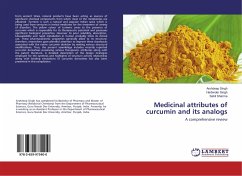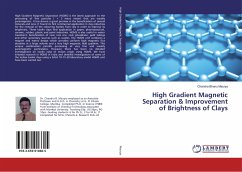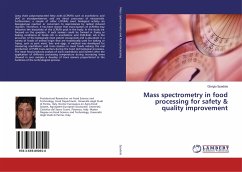The development of a new drug requires a large investment of research time, trial and money spread over more than a decade. Whereas, there are many drugs which are though effective but still limited in applications due to severe toxic side effects. Hence, if these toxic side effects can be minimized, the efficacy of the drug will improve. In other words, if the toxicity is decreased, i.e., LD50 value is increased, the therapeutic index of the drug, i.e., LD50 / ED50 is automatically increased without affecting the ED50 value. But how the toxicity can be harnessed? Toxicity has many causes but one of them is lipid peroxidation. As all the drugs have to cross omnipresent membrane barriers, they must come in contact with the membrane and in that process they are likely to cause some perceptible and detectable changes in the lipid constituents of membrane barrier that may cause lipid peroxidation leading to toxic manifestations.
Bitte wählen Sie Ihr Anliegen aus.
Rechnungen
Retourenschein anfordern
Bestellstatus
Storno








